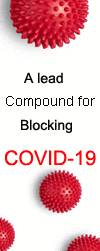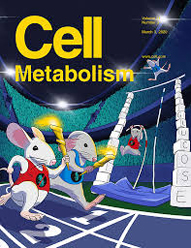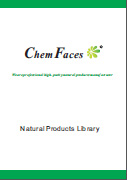| In vitro: |
| Bioorganic & Medicinal Chemistry Letters,2002,12(3): 477–482. | | Protective effects of polygodial and related compounds on ethanol-induced gastric mucosal lesions in rats: structural requirements and mode of action[Reference: WebLink] | The methanolic extract from the leaves of Tasmannia lanceolata was found to potently inhibit ethanol-induced gastric lesions in rats.
METHODS AND RESULTS:
Through bioassay-guided separation, three known sesquiterpenes, polygodial, polygodial 12α-acetal, and polygodial 12β-acetal, and a new sesquiterpene, Methyl isodrimeninol, were isolated as the active constituents. Among them, polygodial showed very potent gastroprotective effects (ED50=0.028 mg/kg, po). From the gastroprotective effects of various reduction and oxidation derivatives of polygodial, the dialdehyde or diacetal structure was found to be essential for the strong activity.
CONCLUSIONS:
Since the gastroprotection of polygodial was attenuated by pretreatment with indomethacin, N-ethylmaleimide, NG-nitro-l-arginine methyl ester and ruthenium red, endogenous prostaglandins, sulfhydryl compounds, nitric oxide and vanilloid receptors may be involved in the protective activity. |
|

 Cell. 2018 Jan 11;172(1-2):249-261.e12. doi: 10.1016/j.cell.2017.12.019.IF=36.216(2019)
Cell. 2018 Jan 11;172(1-2):249-261.e12. doi: 10.1016/j.cell.2017.12.019.IF=36.216(2019) Cell Metab. 2020 Mar 3;31(3):534-548.e5. doi: 10.1016/j.cmet.2020.01.002.IF=22.415(2019)
Cell Metab. 2020 Mar 3;31(3):534-548.e5. doi: 10.1016/j.cmet.2020.01.002.IF=22.415(2019) Mol Cell. 2017 Nov 16;68(4):673-685.e6. doi: 10.1016/j.molcel.2017.10.022.IF=14.548(2019)
Mol Cell. 2017 Nov 16;68(4):673-685.e6. doi: 10.1016/j.molcel.2017.10.022.IF=14.548(2019)

